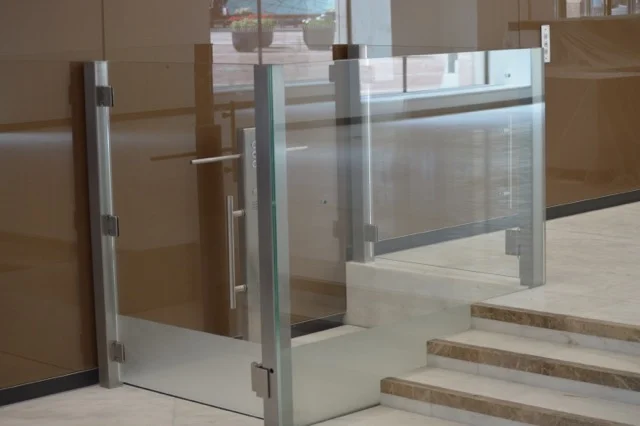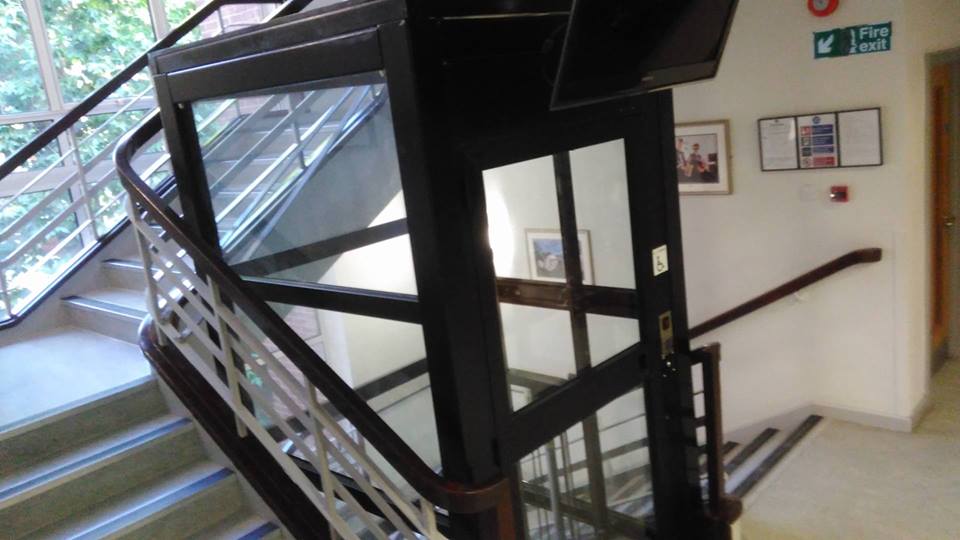New passenger lifts are among the many enhancements passengers will be able to enjoy following the long-awaited reopening of Whitechapel Station in east London.
Prior to its closure in 2016, the station had already been served by the District and Hammersmith & City Tube lines and also by London Overground. However, with Crossrail set to be added to these services, the station was closed for a much-needed overhaul.
Before the revamp the station was blighted by a lack of lifts and limited space inside. Now, the amount of space has doubled and new lifts will offer step-free access to all the platforms.
This aspect of the development was emphasised by managing director of London Underground Andy Lord as the revamped station opened its doors.
He said: “With step-free access to the London Underground and London Overground platforms now available, there are real benefits for customers, particularly those heading to The Royal London Hospital directly across the road.”
In addition, the station has a new ticket hall and concourse, while the 1876 façade has been cleaned up and made good as new.
The only negatives about the project stem from the main pretext for the redevelopment work -Crossrail itself. Although the new Elizabeth Line platforms at the station are being formally handed over to London Underground this week, passengers will still have to wait until next year to board any Crossrail trains.
Another issue has been the £831 million cost of building the Whitechapel Crossrail station, dwarfing the originally estimated £110 million figure due to a series of construction difficulties.
Nonetheless, the new lifts will be widely welcomed and the provision of step-free access of this type will be a feature of all the stations on the Crossrail network, both on the surface and underground.
In total, 11 of the 41 stations, including three at Heathrow, will be underground.






















